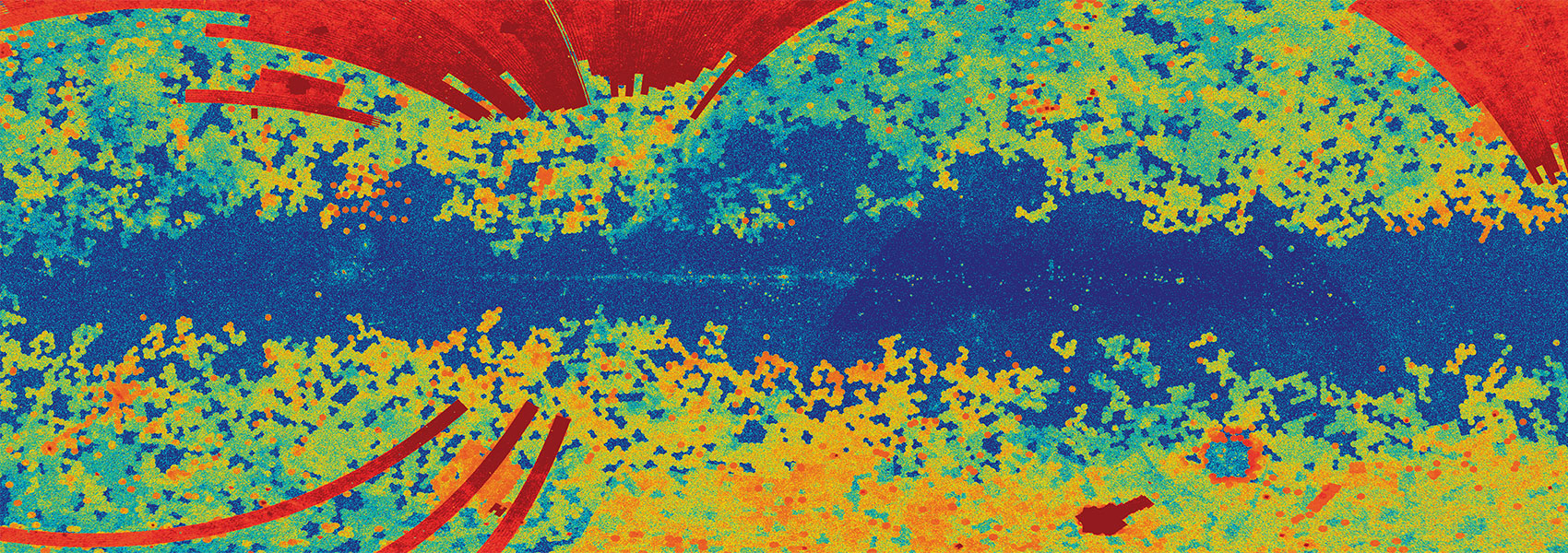March
2017
•
2017AJ....153...97O
Authors
•
Oberst, Thomas E.
•
Rodriguez, Joseph E.
•
Colón, Knicole D.
•
Angerhausen, Daniel
•
Bieryla, Allyson
•
Ngo, Henry
•
Stevens, Daniel J.
•
Stassun, Keivan G.
•
Gaudi, B. Scott
•
Pepper, Joshua
•
Penev, Kaloyan
•
Mawet, Dimitri
•
Latham, David W.
•
Heintz, Tyler M.
•
Osei, Baffour W.
•
Collins, Karen A.
•
Kielkopf, John F.
•
Visgaitis, Tiffany
•
Reed, Phillip A.
•
Escamilla, Alejandra
•
Yazdi, Sormeh
•
McLeod, Kim K.
•
Lunsford, Leanne T.
•
Spencer, Michelle
•
Joner, Michael D.
•
Gregorio, Joao
•
Gaillard, Clement
•
Matt, Kyle
•
Dumont, Mary Thea
•
Stephens, Denise C.
•
Cohen, David H.
•
Jensen, Eric L. N.
•
Calchi Novati, Sebastiano
•
Bozza, Valerio
•
Labadie-Bartz, Jonathan
•
Siverd, Robert J.
•
Lund, Michael B.
•
Beatty, Thomas G.
•
Eastman, Jason D.
•
Penny, Matthew T.
•
Manner, Mark
•
Zambelli, Roberto
•
Fulton, Benjamin J.
•
Stockdale, Christopher
•
DePoy, D. L.
•
Marshall, Jennifer L.
•
Pogge, Richard W.
•
Gould, Andrew
•
Trueblood, Mark
•
Trueblood, Patricia
Abstract
•
We announce the discovery of KELT-16b, a highly irradiated, ultra-short period hot Jupiter transiting the relatively bright (V = 11.7) star TYC 2688-1839-1/KELT-16. A global analysis of the system shows KELT-16 to be an F7V star with {T}{eff}=6236+/- 54 K, {log}{g}\star ={4.253}-0.036+0.031, [{Fe}/{{H}}]=-{0.002}-0.085+0.086, {M}\star ={1.211}-0.046+0.043 {M}⊙ , and {R}\star ={1.360}-0.053+0.064{R}⊙ . The planet is a relatively high-mass inflated gas giant with {M}{{P}}={2.75}-0.15+0.16{M}{{J}}, {R}{{P}}={1.415}-0.067+0.084{R}{{J}}, density {ρ }{{P}}=1.20+/- 0.18 g cm-3, surface gravity {log} {g}{{P}}={3.530}-0.049+0.042, and {T}{eq}={2453}-47+55 K. The best-fitting linear ephemeris is {T}{{C}}=2457247.24791+/- 0.00019 {{BJD}}{TDB} and P=0.9689951+/- 0.0000024 day. KELT-16b joins WASP-18b, -19b, -43b, -103b, and HATS-18b as the only giant transiting planets with P < 1 day. Its ultra-short period and high irradiation make it a benchmark target for atmospheric studies by the Hubble Space Telescope, Spitzer, and eventually the James Webb Space Telescope. For example, as a hotter, higher-mass analog of WASP-43b, KELT-16b may feature an atmospheric temperature-pressure inversion and day-to-night temperature swing extreme enough for TiO to rain out at the terminator. KELT-16b could also join WASP-43b in extending tests of the observed mass-metallicity relation of the solar system gas giants to higher masses. KELT-16b currently orbits at a mere ∼1.7 Roche radii from its host star, and could be tidally disrupted in as little as a few ×105 years (for a stellar tidal quality factor of {Q}* \prime ={10}5). Finally, the likely existence of a widely separated bound stellar companion in the KELT-16 system makes it possible that Kozai-Lidov (KL) oscillations played a role in driving KELT-16b inward to its current precarious orbit.
Links





